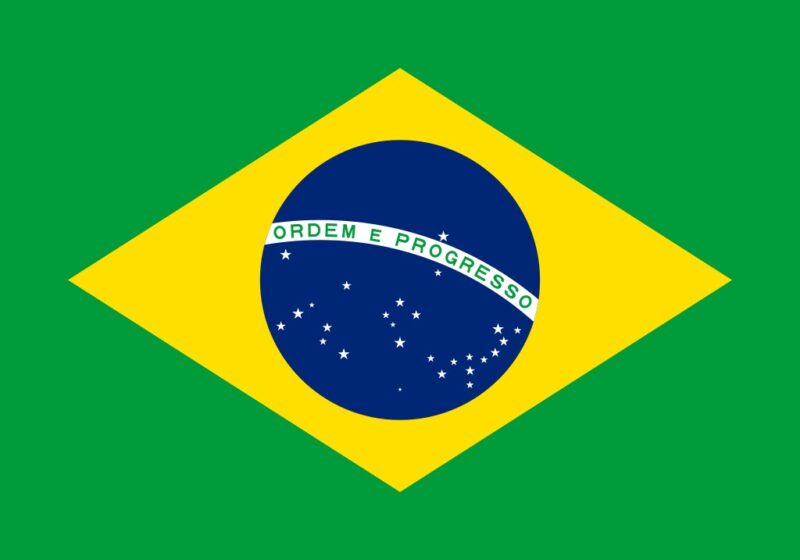- On September 15, a forest fire broke out in the Brasília National Park in the Federal District of Brazil, and the effects of air pollution are spreading.
- The Brazilian Ministry of Health has issued guidelines (described below) on how to protect yourself from air pollution caused by the fires.
- In addition to gathering information on air pollution levels from news and other sources*¹, we recommend taking the following measures while pollution levels remain high:
- Avoid unnecessary outings and refrain from outdoor exercise.
- Wear a mask*² when going outside.
- Stay hydrated by drinking water regularly.
- Even when indoors, keep doors and windows closed and use an air purifier or air conditioner.
*¹ Websites and apps that publish air quality indices, such as PM2.5 (see the Brazilian Ministry of Health’s website below), are also useful.
https://www.gov.br/saude/pt-br/composicao/svsa/cnie/paineis/qualidade-do-ar-vigiar
*² While general masks cannot fully block pollutants such as PM2.5, they can reduce the amount inhaled. Medical (N95) or industrial (DS1) dust masks are more effective, but proper usage is important.
(Brazilian Ministry of Health page)
https://www.gov.br/saude/pt-br/canais-de-atendimento/sala-de-imprensa/notas-a-imprensa/2024/orientacoes-para-evitar-a-exposicao-a-fumaca-intensa-causada-por-queimadas
Summary of Guidelines to Avoid Exposure to Intense Smoke Caused by Fires
The Ministry of Health sends out a weekly “Fire Report” to states and the Federal District, containing guidelines and recommendations to help residents avoid exposure to intense smoke and haze from wildfires. The monitoring of areas affected by biomass burning is coordinated by the Ministry of Health’s Environmental Health and Air Quality Monitoring (VigiAr), part of the National Situation Room for Climate Emergencies in Public Health.
In addition to fire suppression efforts, it is essential to guide residents on how to avoid and protect themselves from exposure to pollutants.
The Ministry of Health recommends the following guidelines to the public:
- Increasing water and fluid intake can help keep the respiratory membranes moist, providing better protection.
- Staying indoors in well-ventilated areas equipped with air conditioning or air purifiers can minimize exposure to outside air.
- During periods of high particle concentrations, keep doors and windows closed to reduce the entry of external pollutants.
- Avoid exercising during periods of high pollution or between 12:00 p.m. and 4:00 p.m., when ozone concentrations are at their peak.
- Using surgical masks, cloths, scarves, or bandanas can help reduce exposure to large particles and alleviate upper respiratory discomfort, especially for those living near fire sources. N95, PFF2, or P100 respirators are effective in reducing particle inhalation for the general population.
- Special attention should be given to children under 5 years old, people over 60, and pregnant women, who should strictly follow the above recommendations. Additionally, they should monitor for respiratory symptoms or other health issues and seek medical attention promptly.
- People with heart, respiratory, or immune system conditions should take extra precautions:
- Consult with a doctor to update their treatment plans.
- Have prescribed medications and supplies on hand to prepare for an acute crisis.
- Seek medical attention if severe symptoms occur.
- Assess the necessity and safety of temporarily leaving areas affected by the fires.





Comment